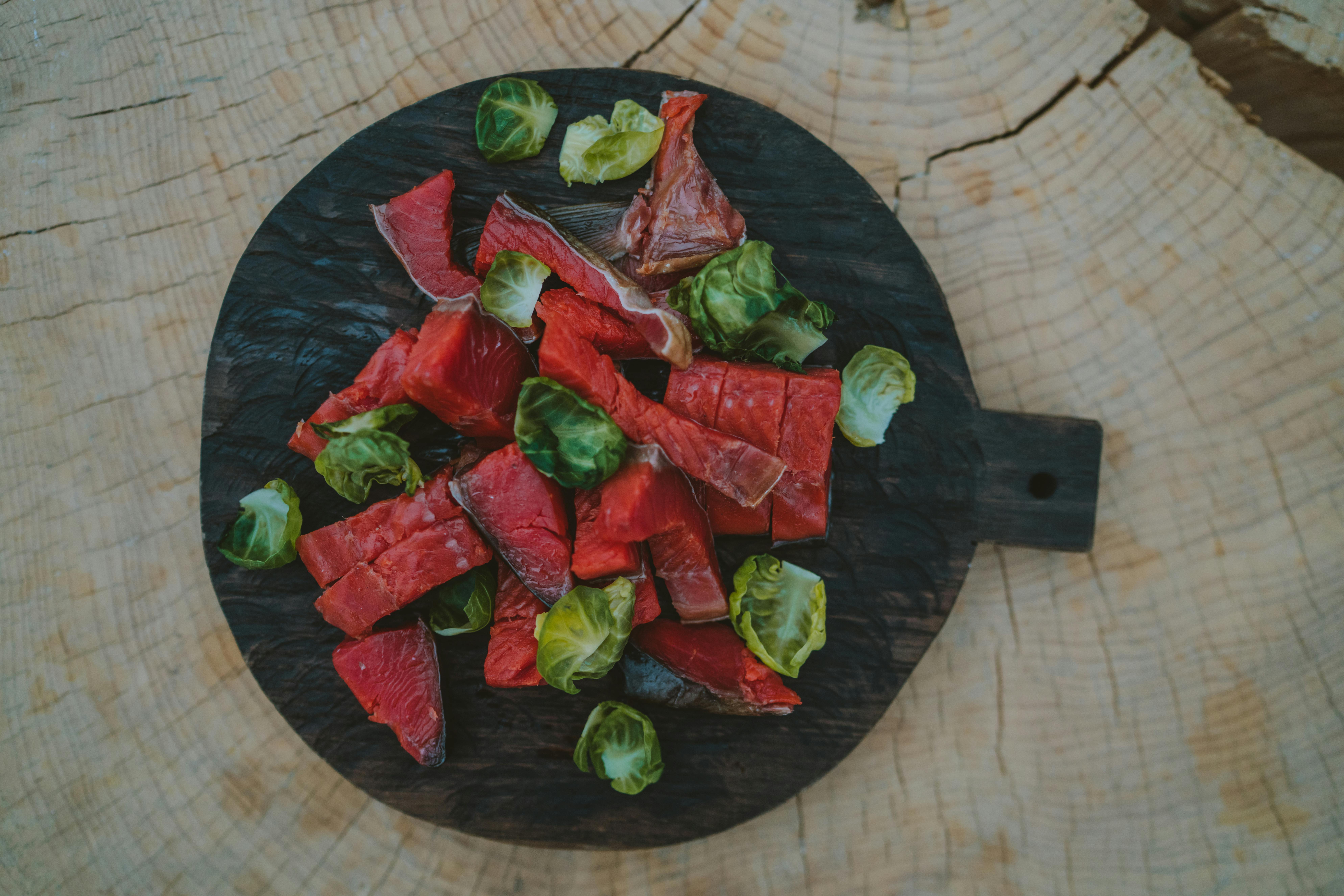Raw Rabbit Dog Food: A Complete Guide to Benefits and Feeding
As pet owners become more conscious of their dog’s nutrition, raw rabbit dog food is emerging as a favored choice. With its lean protein and hypoallergenic properties, rabbit meat offers a unique nutritional profile for dogs. In this guide, you’ll learn everything about why and how to feed raw rabbit to dogs—ensuring optimal health and vitality for your furry companion.

Understanding the Fundamentals
Raw rabbit dog food refers to feeding dogs uncooked rabbit meat, organs, and sometimes bones as part of a biologically appropriate raw food diet (BARF). This method of feeding has gained popularity due to its potential to mimic what dogs would eat in the wild. Rabbit meat is particularly prized for being low in fat, high in protein, and rarely causing allergic reactions.
These fundamentals matter because they tap into the natural instincts and physiology of dogs. A species-appropriate diet can lead to better digestion, improved energy levels, and shinier coats. Much like humans benefit from whole, unprocessed food, dogs thrive when fed naturally too.
1.1 Nutritional Value of Rabbit Meat
Rabbit meat is lean, high in B vitamins, and rich in essential amino acids. A 100g serving offers around 173 calories, 33g of protein, and only 3.5g of fat. These metrics make raw rabbit dog food ideal for overweight dogs or those with sensitive stomachs.
Its high digestibility is one of the main reasons veterinarians often recommend it for dogs with food allergies. Rabbit also contains selenium and phosphorus, crucial minerals for bone health and cellular repair in canines.
1.2 Why Rabbit Meat is Hypoallergenic
Unlike common protein sources such as beef or chicken, rabbit is considered a novel protein. That means it’s not typically found in standard dog food, so dogs are less likely to have developed an allergy to it. This is crucial for dogs suffering from food sensitivities or chronic skin conditions.
Case studies show that transitioning to raw rabbit dog food has significantly reduced symptoms of gastrointestinal distress and itching in allergic dogs. It’s a smart protein option for elimination diets or long-term feeding plans.
Practical Implementation Guide
Now that we understand the value of rabbit in a raw diet, the next step is to implement it safely and effectively. Feeding raw rabbit dog food isn’t just about tossing raw meat into a bowl—it requires careful planning, hygiene, and nutritional balance.

2.1 Actionable Steps
- Step 1: Source Quality Meat – Use rabbit meat from reputable butchers or farms. Ensure it’s free from antibiotics and hormones.
- Step 2: Include Organs and Bones – A balanced raw rabbit dog food meal should include 80% muscle meat, 10% organs (like liver), and 10% bone.
- Step 3: Maintain Hygiene – Always handle raw meat with clean hands and sanitize surfaces to avoid bacterial contamination.
2.2 Overcoming Challenges
While raw rabbit dog food is nutritious, it comes with challenges. Here are common obstacles and how to tackle them:
- Supply Limitations: Rabbit is not always readily available. Consider freezing in bulk when in stock.
- Balanced Nutrition: Some owners forget to add organs and bones. Use feeding calculators or consult a canine nutritionist.
- Transition Issues: Dogs used to kibble may experience loose stools initially. Introduce gradually over 7-10 days.
Look for warning signs like persistent diarrhea, excessive scratching, or lethargy—these may indicate a need to adjust the diet. Experts recommend starting with small portions and monitoring changes closely.
Advanced Applications
Once your dog has adapted to raw rabbit dog food, you can explore advanced feeding techniques. These help further tailor nutrition to specific needs such as age, activity level, or medical conditions.

3.1 Prey Model Feeding
This method mimics a whole-prey approach—feeding the dog an entire rabbit or parts that represent whole prey. It involves a ratio of 80% meat, 10% bone, 5% liver, and 5% other organs. This technique is especially useful for working dogs or those with high energy requirements.
Performance metrics like muscle tone, stamina, and coat condition often improve dramatically within 4–6 weeks of switching to a prey model raw rabbit diet.
3.2 Rotational Feeding
Rotating rabbit meat with other proteins like duck or venison helps maintain nutritional balance and reduces the risk of new food intolerances. Rotational feeding also keeps dogs interested in meals, especially picky eaters.
Ensure compatibility with your dog’s digestive system when introducing new proteins. Begin with small portions and watch for signs of digestive upset.
Future Outlook
The raw pet food market is growing rapidly. In the next 3–5 years, expect more commercial options featuring rabbit as a primary ingredient due to rising demand for hypoallergenic and novel proteins.
Innovations in freeze-dried raw rabbit dog food and tailored meal plans will make raw feeding easier for busy pet owners. To prepare, keep educating yourself and subscribe to veterinary nutrition updates to ensure your dog benefits from the latest science.
Conclusion
In summary, raw rabbit dog food offers a lean, hypoallergenic, and nutrient-rich option for pet owners seeking natural diets. It aligns with canine biology, helps with allergies, and promotes overall wellness.
If you’re looking to upgrade your dog’s nutrition, start exploring rabbit-based raw meals today. It’s a rewarding step toward a healthier, happier pup.
Frequently Asked Questions
- Q: Is raw rabbit meat safe for dogs? Yes, when handled correctly and sourced from reputable providers, rabbit meat is both safe and beneficial for dogs.
- Q: How do I start feeding raw rabbit dog food? Begin by mixing small amounts with your dog’s current food and gradually increase the ratio over a week.
- Q: How much time does raw feeding take? Prep time varies but usually takes 15–30 minutes a week if done in batches and stored properly.
- Q: Is raw rabbit expensive? Rabbit meat can be pricier than common proteins, ranging from $3 to $7 per pound depending on the source.
- Q: How does rabbit compare to chicken or beef? Rabbit is leaner, less likely to trigger allergies, and ideal for sensitive dogs, whereas chicken and beef are more widely available and affordable.
- Q: Is raw feeding difficult to learn? With research and planning, it’s manageable. Many resources and community groups are available for support.
- Q: Can I use raw rabbit for working or athletic dogs? Absolutely. Its high protein and digestibility make it an excellent choice for active or performance dogs.
